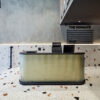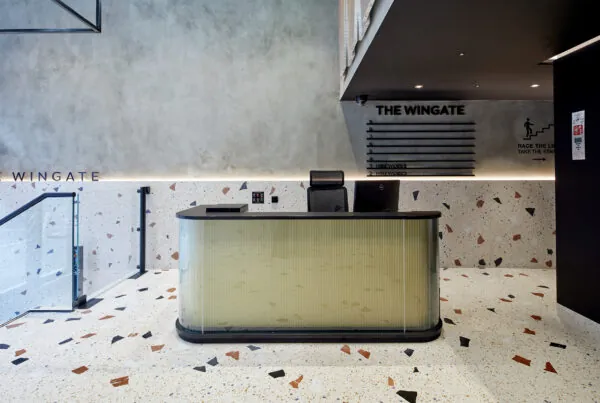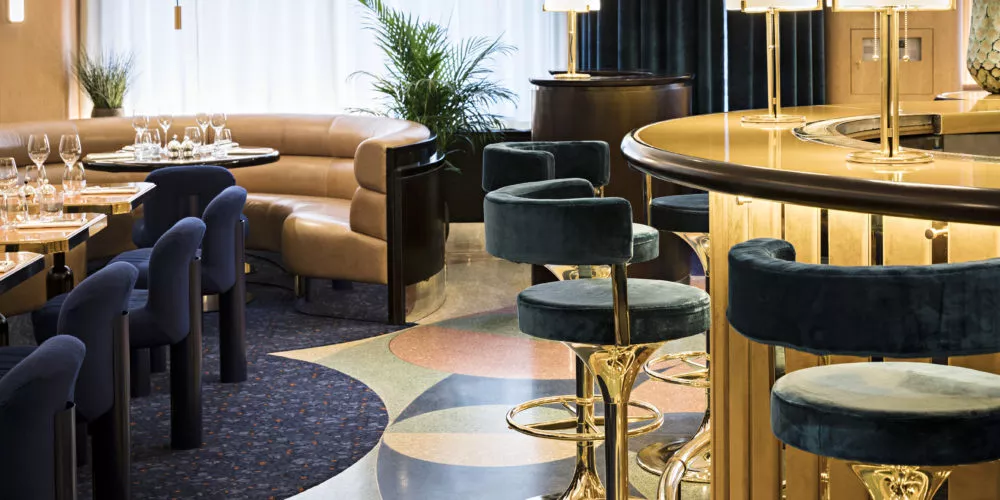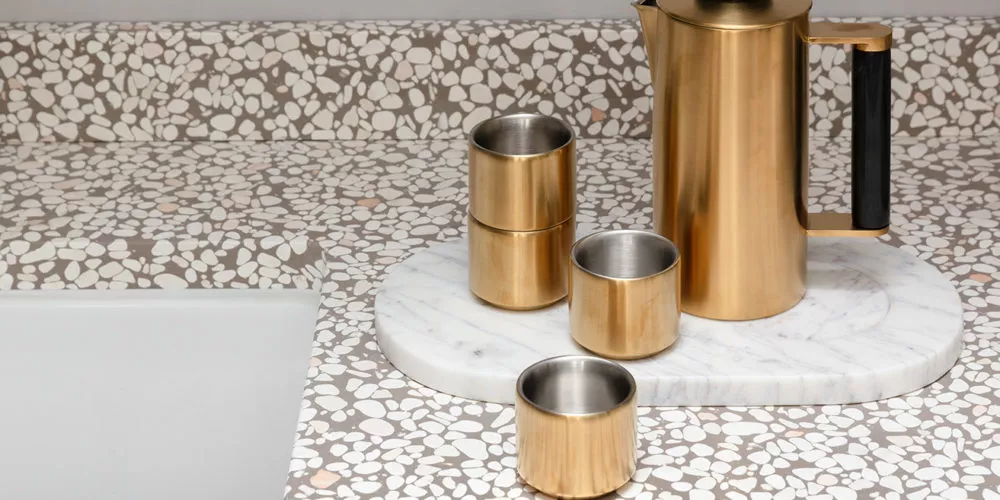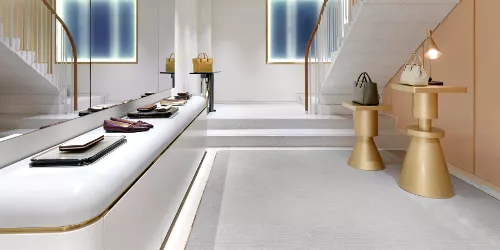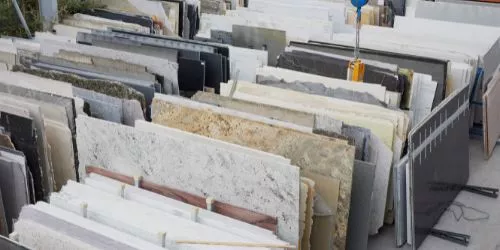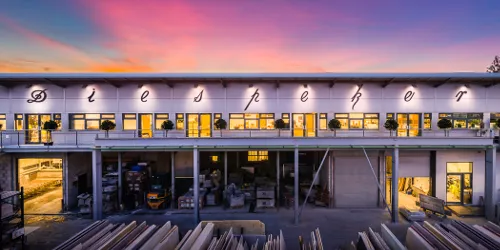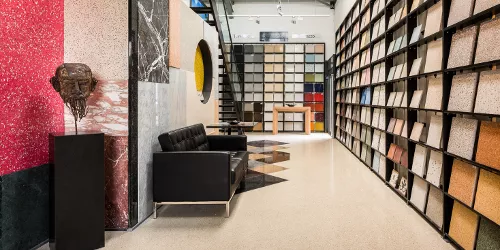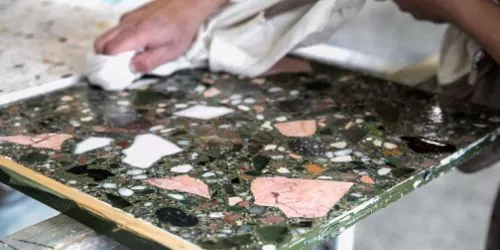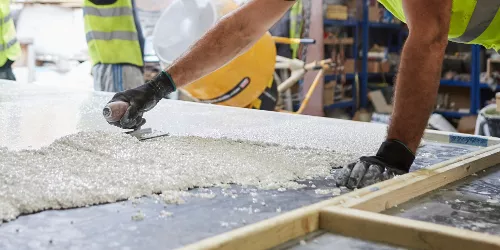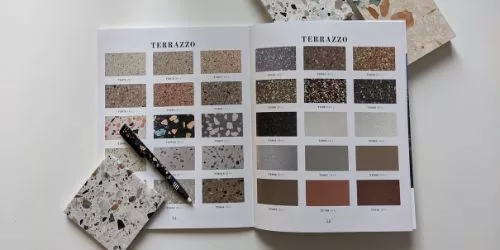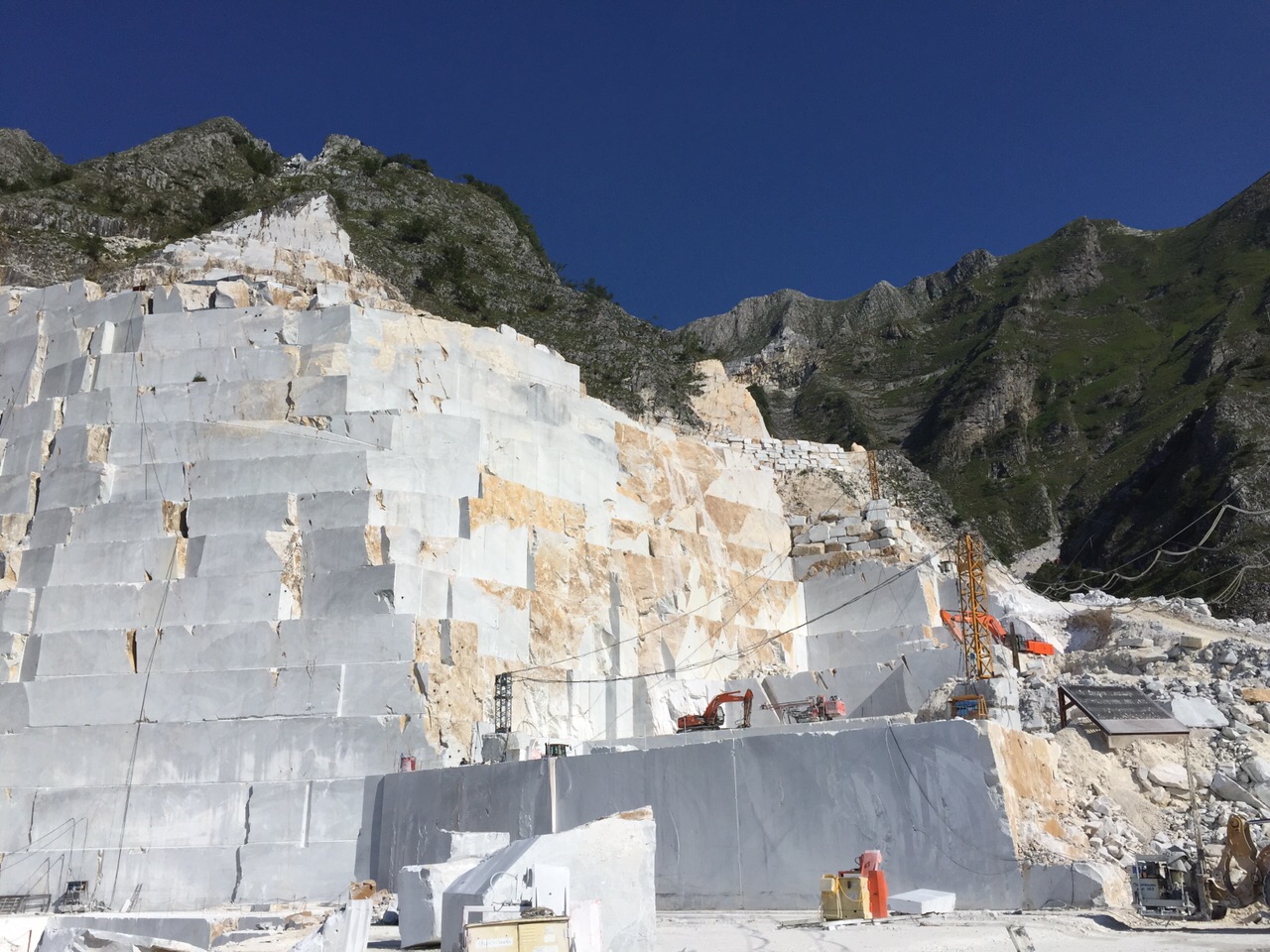
Marble is a superb choice for surfaces and flooring in a multitude of locations, not just in the domestic environment for kitchens and bathrooms, but for offices and retail too.
Diespeker supplies marble for use as tiles, countertops and fireplaces. It’s a durable material, and satisfyingly beautiful. Marble is a porous material, however. Wind, hot and cold cycles, freezing and thawing, as well as pollutants in the atmosphere can contribute to deterioration. Therefore, it is best used internally to ensure longevity.
We’ve been supplying marble since 1881, but the material is a lot older than that – if you can imagine 400 million years, you’ll be getting close.
What is marble?
The word ‘marble’ is thought to derive from the Greek word, mármaron, meaning ‘crystalline rock’ or ‘shining stone’. In technical terms, marble is metamorphosed limestone, composed of fairly pure calcite (a crystalline form of calcium carbonate, CaCO3). This means that the limestone has been subjected to heat and pressure. Patterns, swirls and lines are created from clay or silt that was trapped with the rock.
There are thousands of quarries throughout the world, each specialising in a particular type of marble. In Europe, marble is sourced from many countries, including Turkey, Spain, France, Portugal, Greece and Italy. China has been one of the biggest buyers of European marble in recent years, although it is also a supplier.
The most popular marble is generally thought to be Carrara, which comes from Northern Tuscany. A uniform, white marble, it was used by Italian sculptors such as Michelangelo, as well as for a wide range of surfaces. White marble is universally popular as it brings reflective light to a room. At the other end of the scale is Noir Belge, a black stone from Belgium, which although it comes out of the ground, becomes deep black with polishing.
Much of the marble supplied by Diespeker comes from Italy, but we also source marble globally through our trusted network of distributors.
Quarrying marble
Marble is generally quarried in open cast mines. Due to the weight and size of the rock, it is a major feat of engineering. Quarrying is a heavy industry and requires very specialist equipment. For example, the rock is cut using steel cables with diamond studding and heads tipped with tungsten – imagine a gigantic cheese cutter slicing through the stone. Moving the cut sections is another marvel, as when the huge mass of stone is cut into units, these still weigh up to 30 tonnes.
The cutting of stone sections takes place with reference to the natural jointing, and other geological structural features such as bedding planes. An established quarry shows a pattern of cutting which displays more and more geological features as the next layer of stone is removed.
Once the marble blocks have been extracted from the quarry, they are then processed and delivered to distributors and marble specialists. Marble arrives at Diespeker in the UK as slabs, on the back of transporters and is then moved into our yard, where it is stored along with granite and terrazzo until it is required for a project.





